Victoria Beckham, a name forever linked to style, celebrity, and reinvention, is stepping into uncharted territory in her new Netflix docuseries. Far from the glossy veneer of fashion runways and red carpets, she now turns toward vulnerability, unveiling years of internal battles—with eating disorders, financial turmoil, and the relentless scrutiny of media and public image.
This three-part documentary promises to be more than a celebrity profile. It’s a raw portrait of how one of pop culture’s most controlled images cracked under pressure and how she has fought to rebuild—not just a brand, but a sense of self.
Breaking Silence on Eating Disorders and Body Image
Perhaps the most striking revelation in the docuseries is Beckham’s admission of long-concealed struggles with an eating disorder. She describes it as a period when she lost touch with reality: weighed publicly, subjected to cruel labels like “Porky Posh” or “Skinny Posh,” and pushed to control at least her physical form when so much felt out of control.
Beckham recalls being weighed on national television just months after giving birth, under duress from the media. She confesses that she became adept at hiding the severity of her condition—lying to loved ones, concealing her behaviors, and internalizing societal pressure over appearance. In her words, being told she was never good enough pushed her toward extreme self-criticism.
These revelations carry broader resonance. In world where public figures are expected to appear flawless, her candidness challenges norms and opens space for deeper conversation about mental health, image culture, and the cost of maintaining a polished persona.
Fashion Empire on the Brink
Beyond the personal, the series delves into the professional storms she weathered. Her onetime dream to establish a credible fashion line (beyond the celebrity coattails) nearly destroyed her financially.
Beckham shares that though the brand garnered praise, behind closed doors it was hemorrhaging money. By 2017, she says, the company was tens of millions in debt. She speaks of panic, desperation, and fights to keep control—leaning on personal investment and external capital just to survive.
These segments show a contrast between public perception and harsh reality. For many observers, her fashion house had symbolic weight—style, prestige, celebrity entrée—but Beckham reveals the fragility beneath it. She describes nights spent checking cash flows, struggling to reassure partners, and reconciling the gulf between visionary ambitions and financial constraints.
The Weight of Public Gaze and Image Policing
An underlying theme of the docuseries is the relentless gaze of media and public — how Beckham’s life has long been under a magnifying lens, scrutinized for small missteps and physical changes. She recounts the vitriol of tabloid culture, being molded by labels and expectations, and how that affected her sense of identity.
Critics and commentators have often reduced her to her looks, her marriage, or her past as “Posh Spice.” The series pushes back on that reductionism, exposing how image policing shaped her internal narrative. Beckham suggests that in controlling external perception—through clothes, posture, restraint—she attempted to ward off criticism. But the pressure became its own prison.
As one commentator notes, the docuseries occasionally feels overproduced—her life shrouded in polish even while she seeks to expose her rawness. Nonetheless, the attempt to merge control with confession is itself a reflection of how carefully she’s had to manage both public brand and personal authenticity.
Strengths, Criticisms & What the Series Leaves Unsaid
Strengths:
- Vulnerability: Her willingness to speak openly about eating disorders and debt is rare among high-profile women who fiercely protect their public image.
- Personal narrative + professional stakes: The series connects inner struggles with outer ambition, making it more than just celebrity memoir.
- Relatable pressure: It touches on universal themes—self-doubt, public judgment, ambition—making her reveal meaningful, not voyeuristic.
Criticisms:
- Some reviewers argue it leans too much into controlled image, avoiding deeper criticism or more contentious territory.
- The pacing and narrative framing sometimes feel more like a brand extension than a radical dismantling of persona.
- Key relationships and conflicts—especially in business—are lightly probed rather than fully exposed, leaving a sense of “what’s not shown.”
What the series leaves unspoken is also compelling: exactly how much editorial influence Beckham and her team exerted; how much was held back in the interest of reputation; whether the journey toward self-acceptance is complete or ongoing.
What It Means for Beckham’s Legacy & Celebrity Culture
This series could be a pivot point in Beckham’s public image. It reframes her from polished celebrity into a figure who has contended with darkness, resilience, and reinvention. For the public, it invites empathy and reconsideration of how we perceive those in celebrity light.
In the broader cultural landscape, the docuseries participates in a growing trend of celebrities disclosing mental health struggles. But Beckham’s unique position—merging entertainment, fashion, and personal brand—makes her story especially resonant.
Finally, it signals that fame no longer guarantees invulnerability. For younger creators and public figures, Beckham’s journey may offer both caution and encouragement: that image control can only cover cracks so long, and real strength lies in naming the fractures.


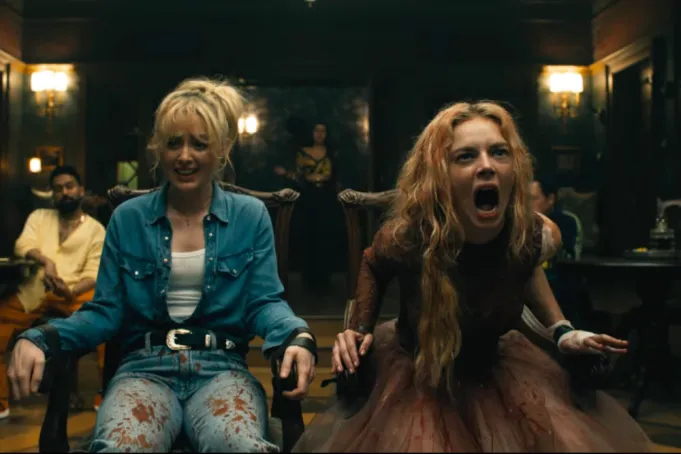
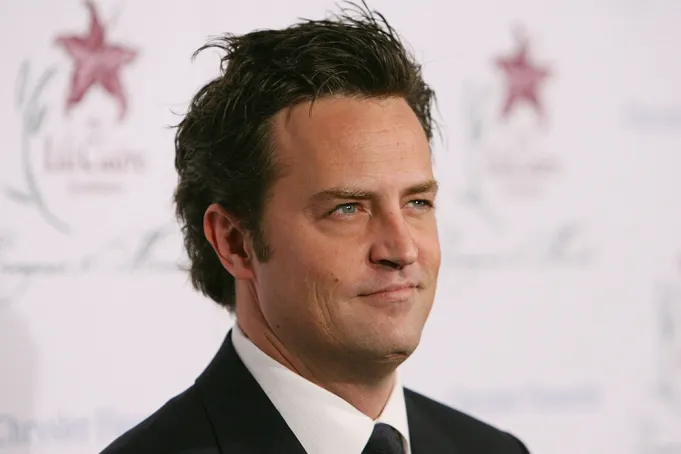
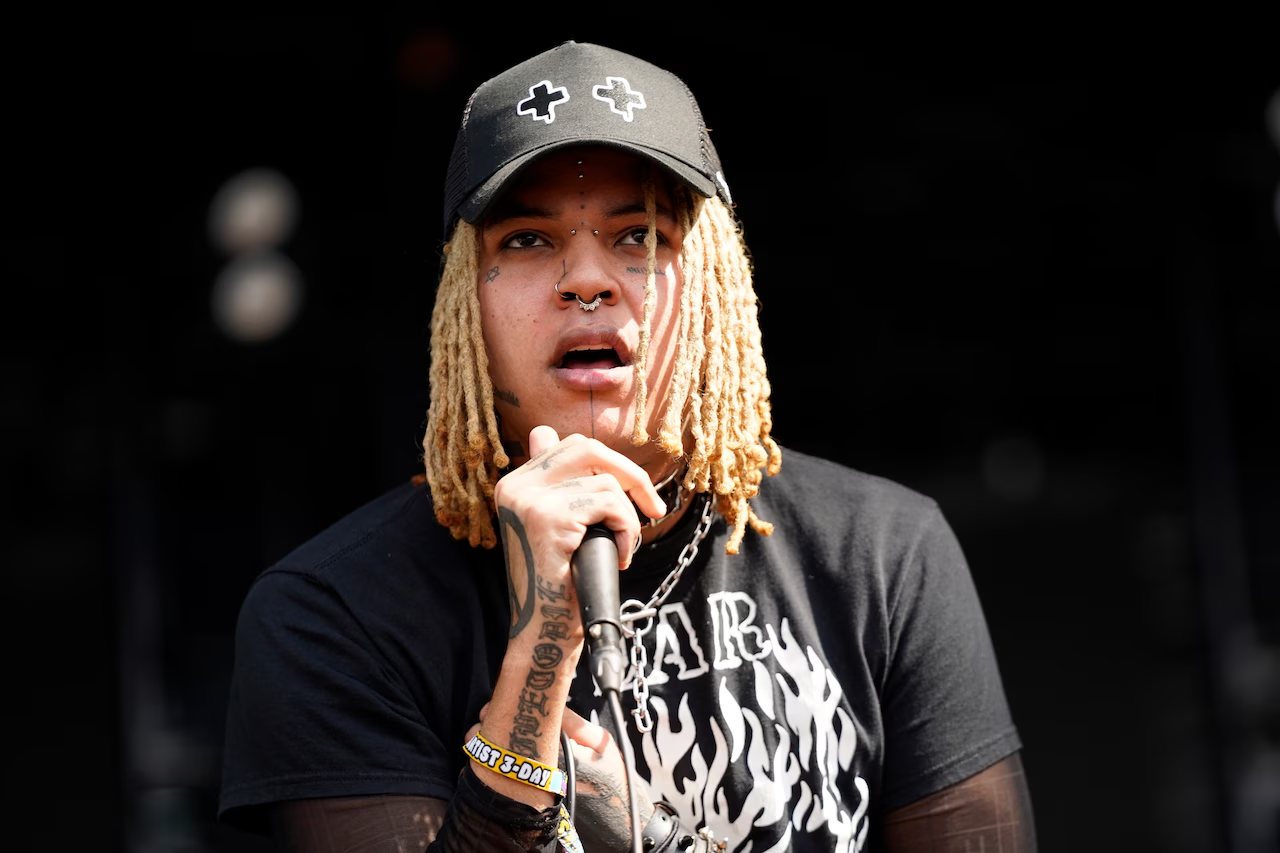


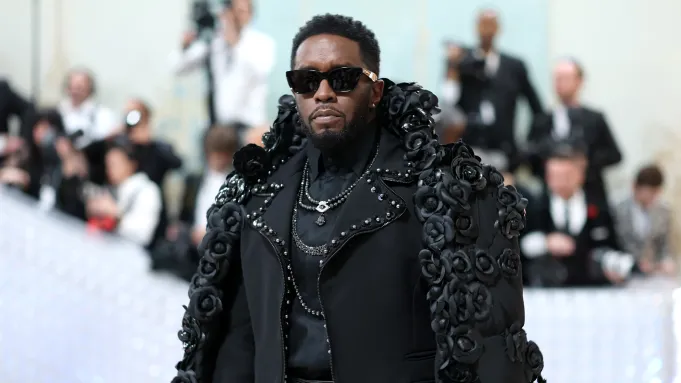





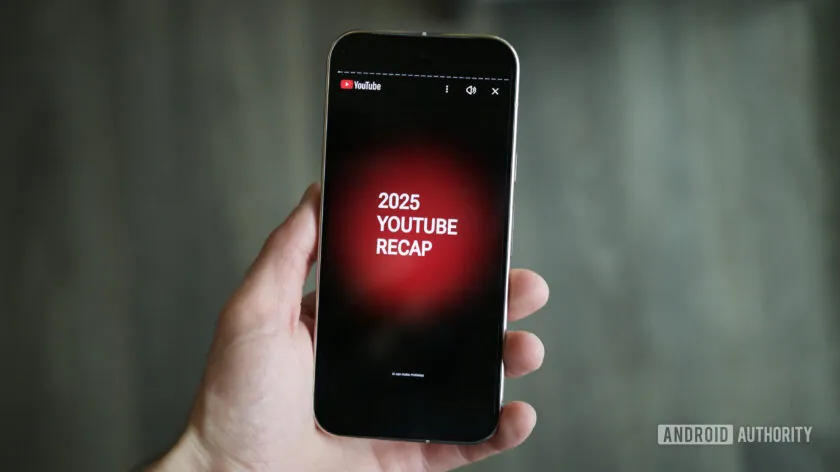
Leave a Reply